In 2012 I graduated from the Vancouver Film School’s Game Design program, and began working in the industry shortly thereafter. I’ve been in the games industry over 10 years now, and have credits on 4 shipped titles, as well as time on an R&D team focused on prototyping new experimental games which did not ship. While I’ve shifted my professional focus to Product Management in the web space, I still create games as a hobbyist, and still dream of honing my skills enough to be a sustainable solo developer. If you’re interested in any of the projects below and want to hear more, please reach out! I’d be happy to share.
Dead Rising 3 (+DLC)
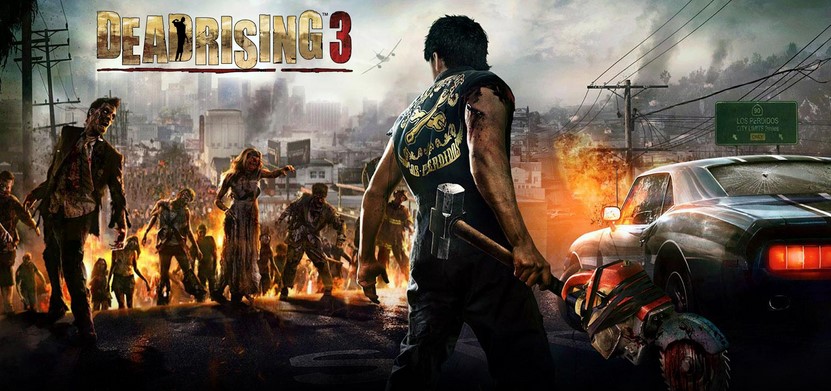
On Dead Rising 3, I was part of the embedded QA team at Capcom Vancouver. I was cooperatively in charge of online and multiplayer testing for the game, ensuring the co-op mode performed to expectations, as well as logging general bugs for overall game performance and quality. After the games launch, I stayed with the studio, helping to also launch the first two DLC packages for the game, as well as the PC port.
Sky Punks Dash
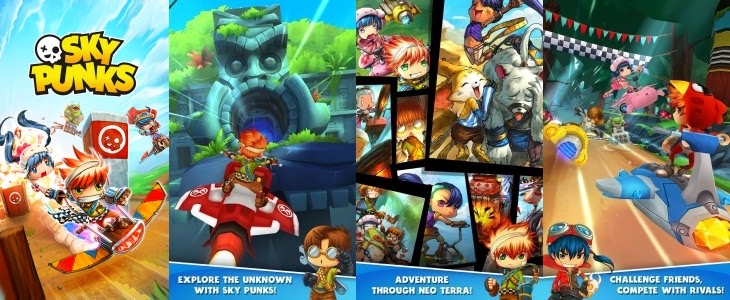
Sky Punks was my first shipped title as a Game Designer. Fathom was a smaller studio, and so I wore multiple hats in it’s production, handling everything from level design, to gameplay tuning, to economy and monetization design. The game launched to positive reviews and was a great jumping off point for my career in Game Design
Drone: Shadow Strike

Drone: Shadow Strike was the abhorrently-themed second game I worked on as a Designer. This game had already shipped by the time I began work on it, but I helped deliver post-launch content including an entire package of new missions and weapon content that expanded on the base game. I worked on designing missions for this game, determining enemy placements, spawn patterns, and level layouts for the player to interact with.
Shadow of War: Mobile
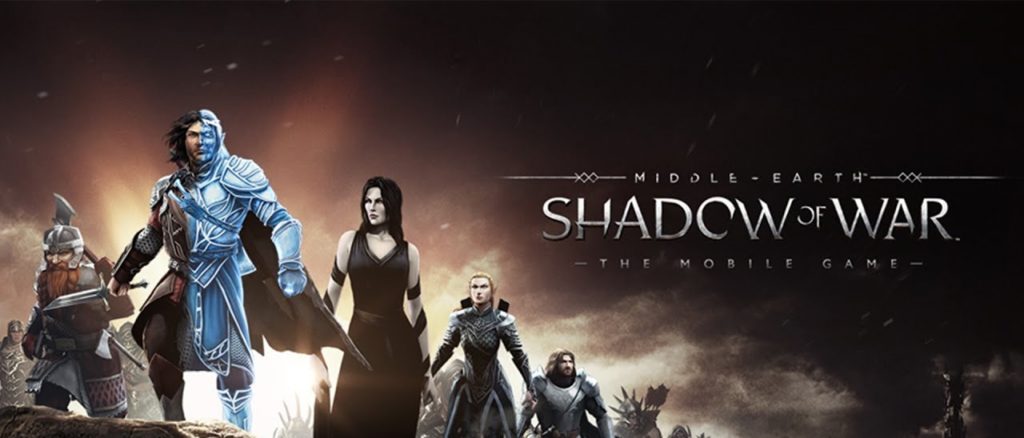
I was moved onto the Shadow of War mobile game shortly after it’s official launch. The game had an ambitious live-operations schedule, and I jumped on board to help build some of these post launch features. I primarily worked with the IUGO in-house engine to create new pages in the game UI, create levels, and improve general usability of the app for players.
Unreleased R&D Project

As well as the above Shadow of War game at IUGO, I also worked on an unreleased R&D project with the goal of pushing the limits of multiplayer mobile gaming. We experimented heavily with large-scale multiplayer battlefields ranging from 60-200 concurrent players in a single game instance. It was an immense design challenge finding gameplay that both adhered to the constraints of mobile devices, and actively engaged that many players in compelling gameplay, and our experiments proved fruitful both as research for other IUGO projects, and as a personal problem-solving challenge.
Hobby Projects:
Combo
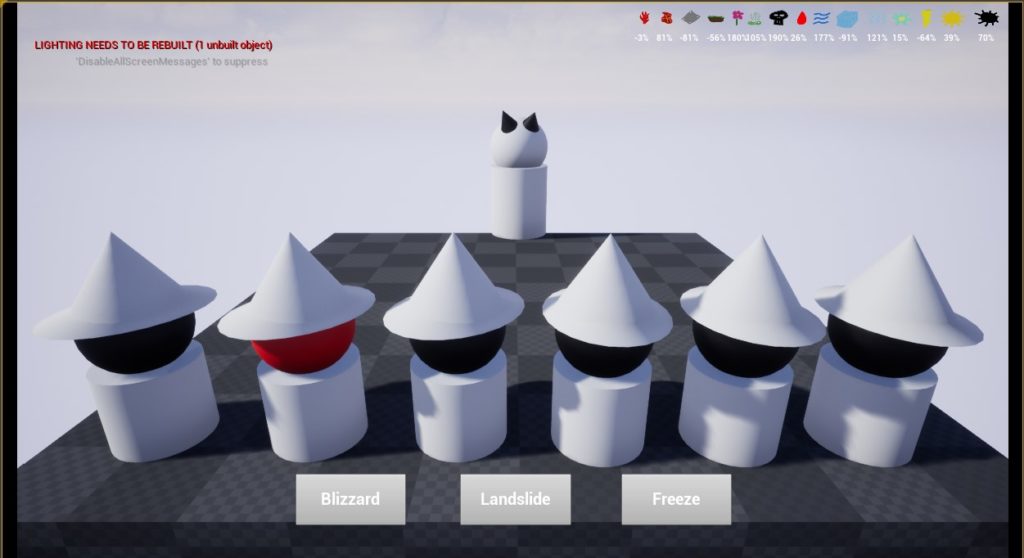
“Combo” is the working title for a game prototype I built in Unreal Engine 4. It’s far from a vertical slice, but was a fun exploration into mechanics of multiplying and scaling power. I was always greatly compelled by the fun ways that certain games such as deckbuilders or roguelikes allowed you “break” them by combining powers that have multiplicative effects such as doubling the number of poison counters on a target, and then doubling the amount of damage each tick does, effectively 4x’ing your effective damage.
With Combo, I aimed to make a game entirely focused around that, where the player controls a number of wizards, and gets one single shot to kill a large boss. The player has to use clever stacking of spell effects and damage types to make their single spell-blast as devastating as possible. While I proved out some base concepts around amplifying damage in interesting ways, I found difficulty in continually providing novel challenges that didn’t result in the player resorting to the same optimal combo over and over. The project was incredibly fun to work on, and I’d love to give it more attention someday, but for now it’s on the backburner.
CivGame
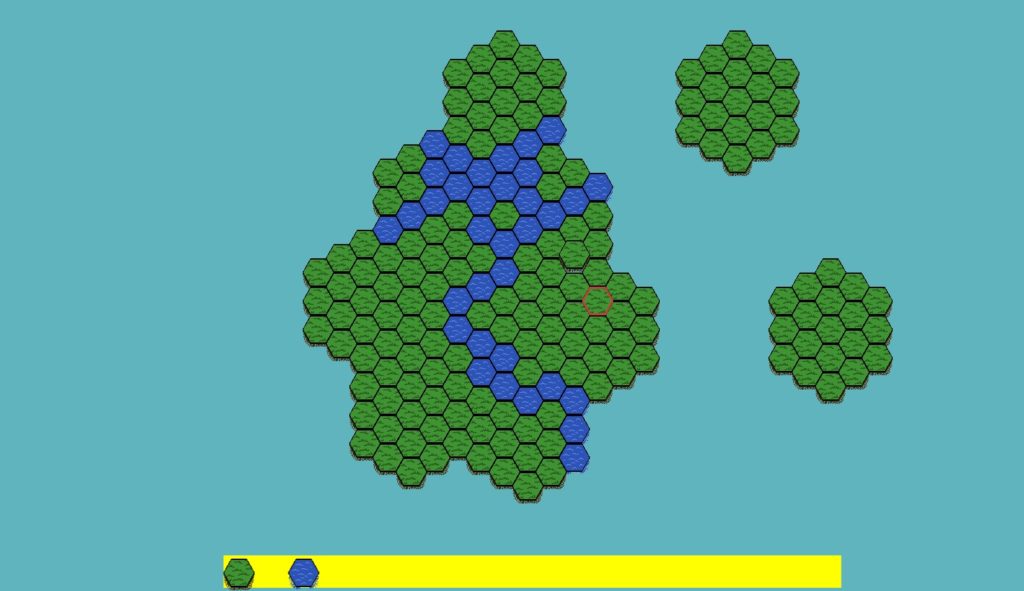
“CivGame” is a side project I started recently with the goal of learning Javascript and general web development through the lens of a game designer, since games are what I know best. The project uses P5.js, and is hosted on Firebase. The goal for this project was to create an online browser-based game where users are each assigned a plot of territory, and have to collect resources, create combat units, and conquer each other’s territory. My goal was for the world to be as large as the number of players in the game, and for the only limits of conquest to be the size of the total board itself.
As this project only started a few months ago, it’s not much more than a glorified tile editor, allowing me to create large hexagonal boards made of hexagonal tiles which I can edit the styling of. A big part of the learning curve of this project that delayed the “game design” parts, was figuring out how to host a website, how to plug into and read from a database, and how to properly build and deploy the project using WebPack. Though my technical proficiency has grown immensely, the project still isn’t “fun” to play yet, and I have a ways to go in progressing there. Will continue to update as it improves!
Swarm
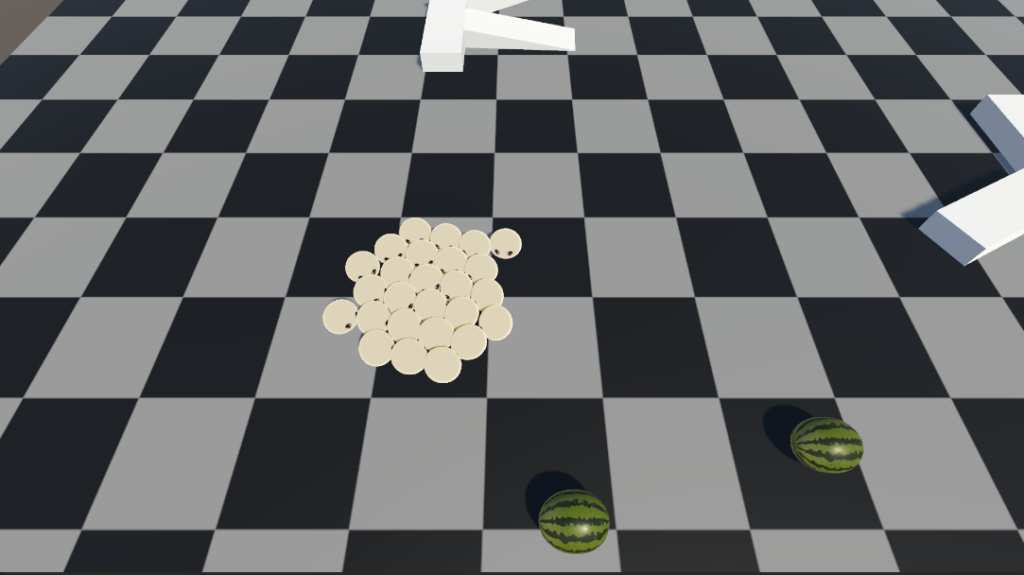
“Swarm” is a small project that I only recently started as an exploration into condensing the RTS experience. I’ve desperately missed games like Command and Conquer and Starcraft, and felt that it might be a winning formula to allow players to engage in an experience that sits somewhere between these micro-heavy games, and something like Pikmin where a swarm of units almost acts as a single entity. The goal here was to create a small vertical slice that allows players to smoothly control a large collection of units with minimal inputs, no unit-group hotkeys, and no box-selection. Currently I’m exploring the idea of having a number of predefined behaviours that the user can trigger with specific buttons, such as having the swarm spread out, or split in half, or clump tightly, or subdivide, and then introducing scenarios in which these might be necessary, such as spreading out to minimize damage from an AOE attack, or splitting in half to dodge a linear projectile, etc.